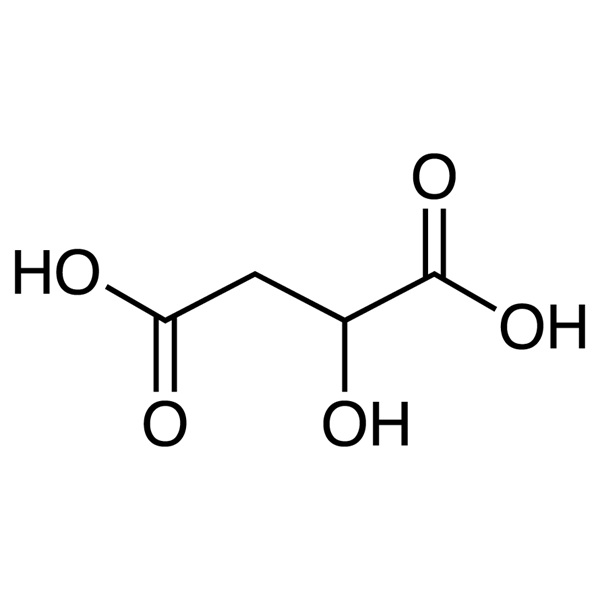DL-Malic Acid CAS 6915-15-7 Purity 99.0%~100.5% Factory High Quality
Ruifu Chemical is the leading manufacturer of DL-Malic Acid (CAS: 6915-15-7) with high quality, production capacity 20000 tons per year. Ruifu Chemical can provide worldwide delivery, competitive price, excellent service, small and bulk quantities available. Purchase DL-Malic Acid, Please contact: alvin@ruifuchem.com
| Name | DL-Malic Acid |
| Synonyms | Malic Acid; DL-Apple Acid; DL-Hydroxybutanedioic Acid; DL-Hydroxysuccinic Acid; (2R)-2-Hydroxybutanedioate |
| CAS Number | 6915-15-7 |
| Stock Status | In Stock, Production Capacity 20000 Tons per Year |
| Molecular Formula | C4H6O5 |
| Molecular Weight | 134.09 |
| Melting Point | 131.0~133.0℃ (lit.) |
| Density | 1.609 g/cm3 |
| Solubility in Water | Soluble in Water, Almost Transparency |
| Solubility | Soluble in Dioxane, Acetone, Alcohol. Very Slightly Soluble in Ether. Insoluble in Benzene |
| Shipping Condition | Shipped Under Ambient Temperature |
| COA & MSDS | Available |
| Origin of Product | China |
| Brand | Ruifu Chemical |
| Item | Specifications |
| Appearance | White Ggranules or White Crystalline Powder Having a Strong Acid Taste |
| Assay | 99.0%~100.5% (C4H6O5) |
| Specific Rotation[α]D25℃ | -0.10° ~ +0.10° (C=1, H2O) |
| Melting Point | 127.0~132.0℃ |
| Sulphate Ash | ≤0.10% |
| Heavy Metals (Pb) | ≤10 mg/kg |
| Arsenic (As2O3) | ≤2 mg/kg |
| Lead | ≤2 mg/kg |
| Fumaric Acid | ≤1.0% |
| Maleic Acid | ≤0.05% |
| Water-Insoluble Matter | ≤0.10% |
| Loss on Drying | ≤0.50% |
| Residue on Ignition | ≤0.10% |
| Test Standard | FCC; USP; BP |
| Usage | Food Additives; Pharmaceutical Intermediates |
Package: Bottle, Aluminium foil bag, 25kg/Bag, 25kg/Cardboard Drum, or according to requirement.
Storage Condition: Keep the container tightly closed. Store in a cool, dry (2~8℃) and well-ventilated warehouse away from incompatible substances. Keep away from sunshine; avoid fire and heat sources; avoid moisture.
Shipping: Deliver to worldwide by air, by FedEx / DHL Express. Provide fast and reliable delivery.

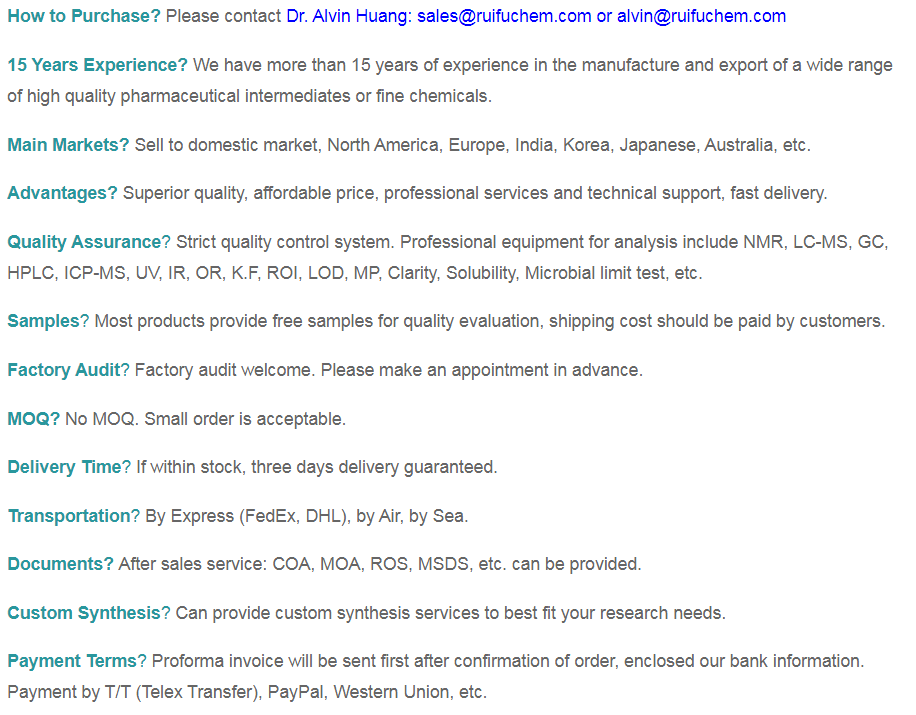
Hazard Symbols Xn - Harmful
Risk Codes R22 - Harmful if swallowed
R37/38 - Irritating to respiratory system and skin.
R41 - Risk of serious damage to eyes
R42/43 - May cause sensitization by inhalation and skin contact.
R34 - Causes burns
Safety Description
S26 - In case of contact with eyes, rinse immediately with plenty of water and seek medical advice.
S39 - Wear eye / face protection.
WGK Germany 1
RTECS ON7175000
DL-Malic Acid (CAS: 617-48-1) is primarily used in the food and beverage industry often contributing to the sour taste of fruits. It has been widely used as a Food Additives and Acidulant.
DL-Malic Acid (CAS: 617-48-1) is responsible for the refreshing taste you get when you bite into certain sour fruits like apples, grapes, and cherries. Its smooth, lasting tartness makes it the perfect food additive. When malic acid food grade ingredients are blended with other acids, sugars, sweeteners, and seasonings, it can result in highly pleasing flavors, allow for extended flavors, and even act as a food acidity regulator.
Uses also include as raw materials for pharmaceuticals, cosmetics, dental lotions, metal cleaners, buffers, coagulants in textile industry, and fluorescent whitening agents for polyester fibers.
This ingredient's commercial uses are wide-ranging and occur from the food and beverage industry to personal care products and beyond. As a result, malic acid is one of the most in-demand food additives on the market today. The palate of malic acid is close to natural juice and has a natural fragrance. Compared with citric acid, malic acid has greater acidity (sour taste is 20% stronger than citric acid), lower heat output, softer taste (higher buffering coefficient) and longer detention time. The corrosion damage is weak, and the wear of the tooth enamel is small, which does not damage the mouth and teeth. Malic acid is a new generation of food acidity, which is known as &ldquo in the biological and nutritional fields; the most ideal food acidity agent ” It is widely used in many kinds of foods, such as wine, beverage, jam, chewing gum and so on. It has become the third place food sour agent after citric acid and lactic acid. It is one of the most widely used organic acids in the world food industry.
-
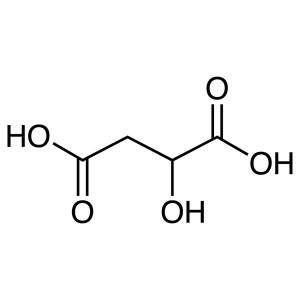
DL-Malic Acid CAS 6915-15-7 Purity 99.0%~100.5%...
-
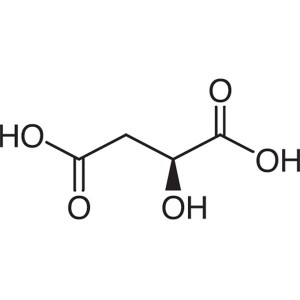
L-(-)-Malic Acid CAS 97-67-6 Purity 98.5%-101.5...
-
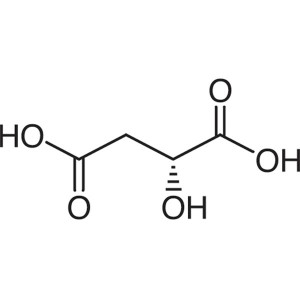
D-(+)-Malic Acid CAS 636-61-3 Purity ≥99.0% (HP...
-
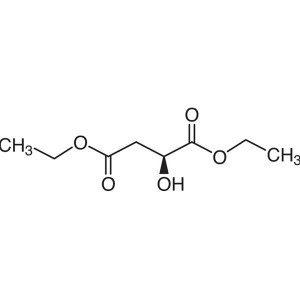
Diethyl L-(-)-Malate CAS 691-84-9 Purity ≥98.0%...
-
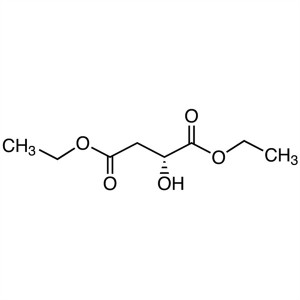
Diethyl D-(+)-Malate CAS 7554-28-1 Purity ≥98.0...
-
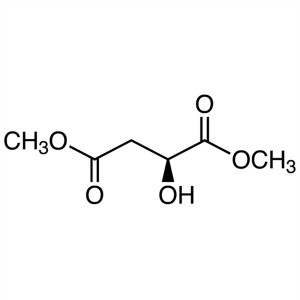
Dimethyl L-(-)-Malate CAS 617-55-0 Purity ≥98.0...
-
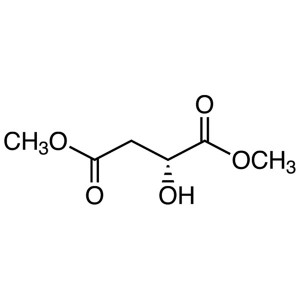
Dimethyl D-(+)-Malate CAS 70681-41-3 Purity ≥98...
-
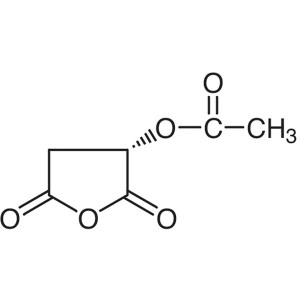
(-)-O-Acetyl-L-Malic Anhydride CAS 59025-03-5 P...
-
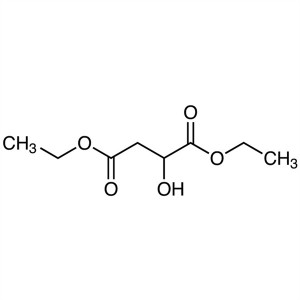
Diethyl DL-Malate CAS 7554-12-3 Purity >98.0% (GC)

